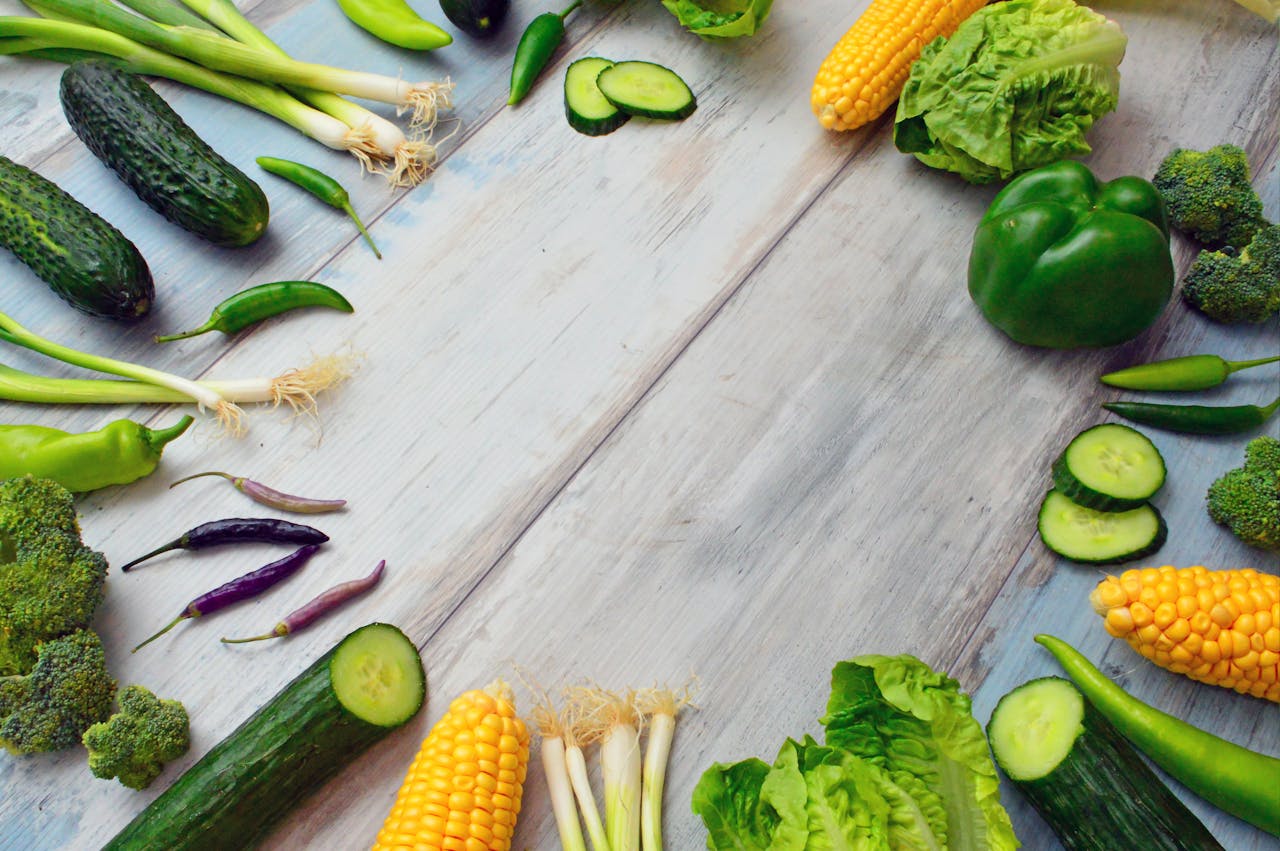Losing weight can often feel like a daunting journey, filled with conflicting information about diets and food choices. Fortunately, achieving your weight-loss goals doesn’t have to be complicated. The key lies in understanding what to eat, how to prepare meals, and adopting a sustainable approach to nutrition. In this comprehensive guide, we will explore the foods that can help you lose weight effectively and healthily.

Understanding Weight Loss
At its simplest, weight loss occurs when you burn more calories than you consume. This concept, known as creating a caloric deficit, serves as the foundation of any successful weight-loss strategy. However, the types of foods you choose to include can significantly impact your appetite, metabolism, and overall well-being.
- Whole Foods vs. Processed Foods
One of the most crucial distinctions in making food choices for weight loss is the difference between whole foods and processed foods. Whole foods, such as fruits, vegetables, whole grains, lean proteins, and healthy fats, are nutrient-dense and often lower in calories. In contrast, processed foods frequently contain added sugars, unhealthy fats, and empty calories, making it easier to overeat without adequate nutrition.
- The Importance of Nutrient Density
Nutrient-dense foods provide a high amount of vitamins, minerals, and other beneficial nutrients with relatively low calories. This helps you feel full and satisfied while consuming fewer calories, making it easier to maintain that caloric deficit. Foods like leafy greens, berries, and lean proteins should be staples in your diet for this reason.
What to Eat to Lose Weight
1. Vegetables
Vegetables are a cornerstone of any weight-loss diet. They are low in calories and high in fiber, which helps keep you full. Incorporate a variety of colors and types to ensure you receive a broad range of nutrients. Here are some top choices:
- Leafy Greens: Spinach, kale, and Swiss chard are rich in vitamins and minerals while having very few calories.
- Cruciferous Veggies: Broccoli, cauliflower, and Brussels sprouts are known for their fiber content, helping to regulate digestion and keep you feeling full.
- Bell Peppers: High in vitamin C and low in calories, they add flavor and crunch to your meals.
2. Fruits
Fruits are nature’s candy, packed with vitamins, minerals, antioxidants, and fiber. While they do contain natural sugars, their nutrient profile makes them a smart choice for weight loss. Some of the best fruits for weight loss include:
- Berries: Strawberries, blueberries, and raspberries are high in fiber and low in calories, making them perfect for snacking or adding to smoothies.
- Apples and Pears: Both are high in fiber, which promotes satiety.
- Citrus Fruits: Oranges, lemons, and grapefruits are hydrating and low in calories, and they can help improve metabolic health.
3. Whole Grains
Choosing whole grains over refined grains can assist in weight management. Whole grains are processed less, retaining the bran and germ, which makes them higher in fiber and nutrients. Recommended options include:
- Quinoa: A complete protein that contains all essential amino acids, quinoa is also high in fiber.
- Brown Rice: A versatile grain that provides complex carbohydrates to fuel your body.
- Oats: Rich in fiber, they are a filling breakfast option that can help keep cravings at bay.
4. Lean Proteins
Incorporating lean proteins into your meals can help you maintain muscle mass while losing weight. Protein has a higher thermic effect, meaning it requires more energy to digest, helping you burn more calories. Some excellent sources of lean protein include:
- Chicken Breast: Skinless chicken is low in fat and an excellent source of protein.
- Fish: Salmon, tuna, and other fatty fish are also great options due to their healthy fats and proteins.
- Legumes: Beans, lentils, and chickpeas are plant-based proteins that are also high in fiber.
5. Healthy Fats
Contrary to popular belief, incorporating healthy fats into your diet can assist in weight loss by promoting satiety and reducing cravings. Focus on these sources:
- Avocados: Packed with healthy monounsaturated fats and fiber, they can be satisfying additions to many dishes.
- Nuts and Seeds: Almonds, walnuts, chia seeds, and flaxseeds are nutrient-dense and provide essential fatty acids.
- Olive Oil: A foundational element of the Mediterranean diet, olive oil is rich in monounsaturated fats and can be used in salad dressings or cooking.
6. Dairy and Alternatives
Dairy can also be part of a weight-loss diet. Opt for low-fat or non-fat dairy options to reduce calorie intake without sacrificing protein. If you are lactose intolerant, consider plant-based alternatives like almond or soy milk, which can be fortified with calcium.
- Greek Yogurt: High in protein and probiotics, it can support gut health and aid in digestion.
- Cottage Cheese: Rich in casein protein, it’s a night-time snack that keeps you satiated.
7. Hydration
Though not a food, hydration is vital for weight loss. Drinking enough water can support your metabolism, curb hunger, and prevent overeating. While individual needs vary, a general guideline is to aim for about 8 cups (64 ounces) of water per day. Surprise yourself by trying:
- Herbal Teas: Naturally calorie-free and can be beneficial for metabolism.
- Infused Water: Adding fruits like lemon, berries, or cucumber can encourage increased water consumption.
Tips for Successful Weight Loss
While knowing what to eat is essential, implementing effective strategies can further enhance your weight-loss efforts:
Plan Your Meals
Meal planning can help you make healthy choices and avoid impulse eating. Spend some time each week planning balanced meals that incorporate a variety of the foods mentioned. Ensure your meals are both satisfying and nutritious.
Practice Mindful Eating
Slow down and focus on your meals. Pay attention to your hunger and fullness cues. Mindful eating can prevent overeating and help you enjoy your food without distractions.
Control Portion Sizes
Understanding appropriate serving sizes can help you manage your caloric intake. Consider using smaller plates or measuring your foods until you are confident in your portion control.
Avoid Liquid Calories
Many beverages, including sodas, juices, and sugary coffee drinks, can significantly contribute to caloric intake without promoting fullness. Focus on water, herbal teas, and other low-calorie beverages.
Incorporate Regular Exercise
While food choices are vital, combining a balanced diet with regular physical activity can expedite weight loss and promote overall health. Aim for at least 150 minutes of moderate aerobic activity or 75 minutes of vigorous activity each week.
Conclusion
Eating to lose weight is about making informed, balanced choices that provide essential nutrients while promoting satiety and energy levels. By focusing on whole, nutrient-dense foods, managing portion sizes, planning meals, and staying active, you can establish a sustainable approach to weight loss.
Remember, weight loss is a gradual process, and it’s critical to practice patience and self-compassion along the way. Consulting with a healthcare provider or a registered dietitian can provide personalized guidance tailored to your specific needs. With the right foods and strategies, you can embark on your weight-loss journey with confidence.


